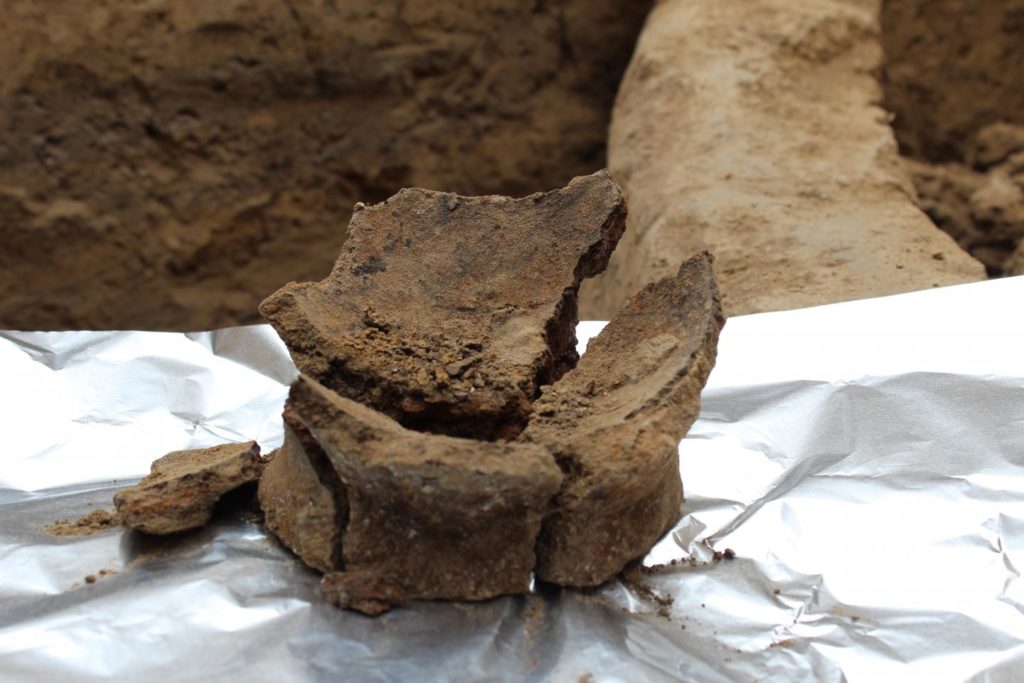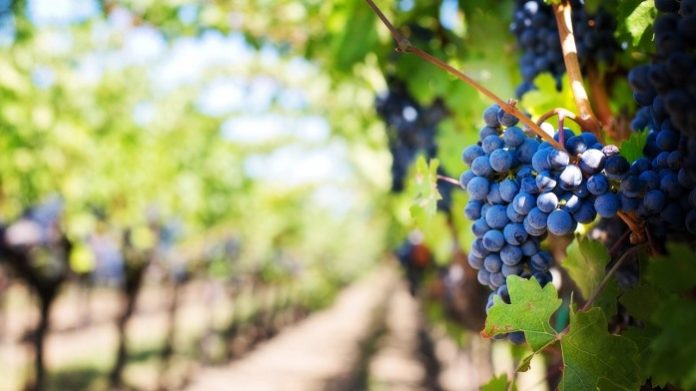Archaeologists have discovered evidence of the world’s oldest wine, and let’s just say it’s aged a little too long.
Estimated to date back to 6000 BC, ceramic jars containing wine residue were unearthed in the Republic of Georgia by the aptly named GRAPE (Gadachrili Gora Regional Archaeological Project Expedition), a joint project between the University of Toronto and the Georgian National Museum.
Gadachrili Gora lies in the rolling hills of Georgia about 50 km south of Tbilisi and is one of a trio of Neolithic villages in the area where archaeologists have unearthed the remains of an early farming community: simple circular houses made of mud and brick, handmade pottery and stone tools, evidence of raising pigs and cattle, growing wheat and barley… and some of the oldest viticulture known to man.
Though Italy and France have stolen the wine spotlight over the years, the South Caucasus, which includes modern Georgia, Armenia and Azerbaijan, is home to over 500 varieties of grapes and is commonly considered the “ancient homeland of the vine”.
In 2014, the Georgian Wine Association and the National Wine Agency of the Ministry of Agriculture launched a multinational scientific effort called “Research and Popularization of Georgian Grape and Wine Culture” to explore this ancient homeland and investigate the origins of wine production. Why did it start? How did it spread? How did modern different grape varieties evolve from these early wild vines? GRAPE is one part of this effort.
In Gadachrili Gora, GRAPE unearthed fragments of giant ceramic jars, reminiscent of traditional Georgian kvevri, large earthenware vessels used for the fermentation, storage and ageing of traditional Georgian wine. Using liquid chromatography/mass spectrometry, the fragments tested positive for tartaric acid, malic acid, and succinic acid, all components of grapes and wine. Grape pollen and grape starch were also discovered on the fragments and in the soil surrounding the site.

These data would put the earliest winemaking as much as 500 years earlier than the next oldest site, a village in the northwestern Zagros Mountains of Iran, but the official dubbing of the birthplace of wine will have to wait until the other regions of the Near East are investigated.








































